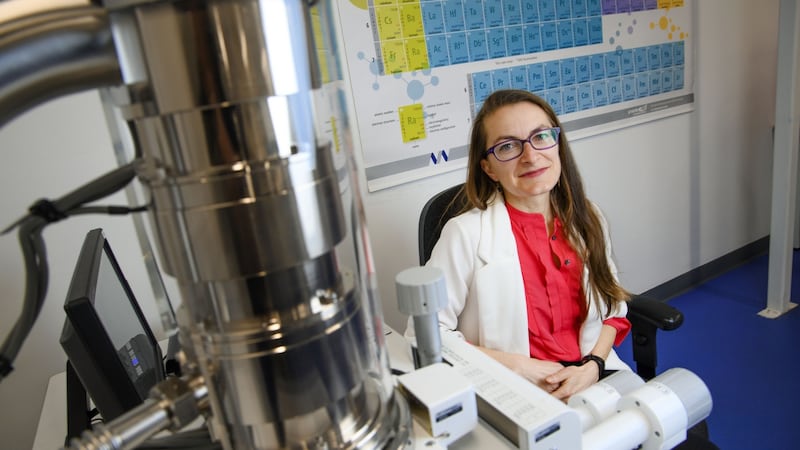Pterosaurs, the flying relatives of dinosaurs, were able to control the colour of their feathers using melanin pigments, a study led by Irish researchers has found.
The international study, published on Wednesday in the journal Nature, analysed a 115 million-year-old fossilised head crest of the pterosaur species Tupandactylus imperator, which originated in northeastern Brazil.
This species of pterosaur is famous for its huge head crest, which is a prominent tuft of feathers on the crown of a bird’s head.
Pterosaurs lived side by side with dinosaurs 230 million to 66 million years ago and were the first vertebrate animals to evolve powered flight.
The team of researchers was led by University College Cork (UCC) palaeontologists Dr Aude Cincotta and Prof Maria McNamara; Dr Pascal Godefroit from the Royal Belgian Institute of Natural Sciences and an international team of scientists from Brazil and Belgium.
They discovered that the bottom of the crest had a fuzzy rim of short wiry hair-like feathers and fluffy branched feathers.
Dr Cincotta said they “didn’t expect to see this at all” when they first began to undertake the study.
Close off debate
“For decades palaeontologists have argued about whether pterosaurs had feathers. The feathers in our specimen close off that debate for good as they are very clearly branched all the way along their length, just like birds today,” she said.
The team then studied the feathers with high-powered electron microscopes and found preserved melanosomes – granules of the pigment melanin.
Unexpectedly, the study shows that the melanosomes in different feather types have different shapes.
According to Prof McNamara feather colour is strongly linked to melanosome shape in today’s birds.

“Since the pterosaur feather types had different melanosome shapes, these animals must have had the genetic machinery to control the colours of their feathers. This feature is essential for colour patterning and shows that coloration was a critical feature of even the very earliest feathers,” she added.
The specimen has been repatriated to Brazil, due to the collective efforts of the Belgian and Brazilian scientists and authorities, who worked with a private donor.
Dr Godefroit said it is “so important” that scientifically important fossils such as this are returned to their countries of origin and safely conserved.
“These fossils can then be made available to scientists for further study and can inspire future generations of scientists through public exhibitions that celebrate our natural heritage,” he added.









